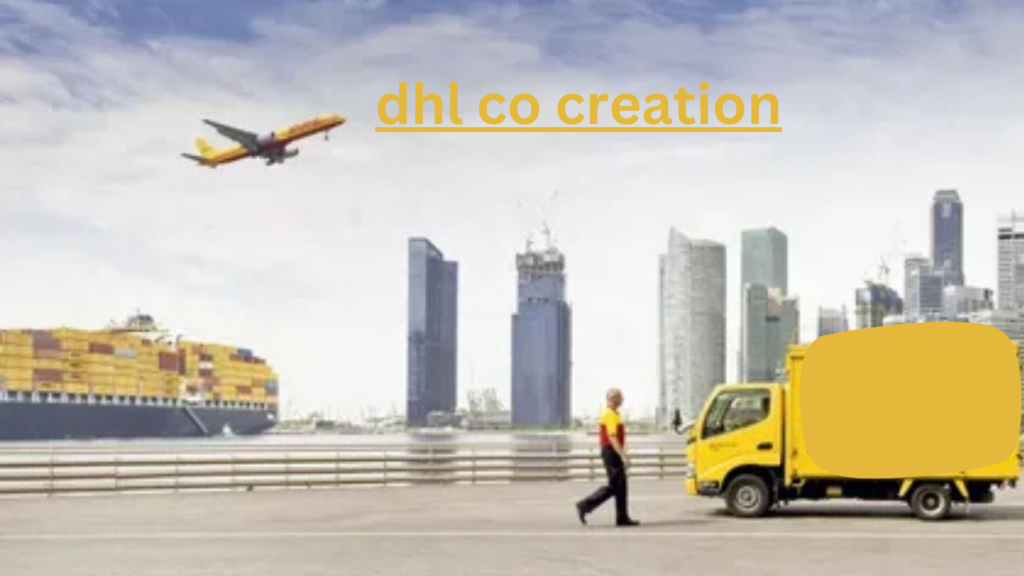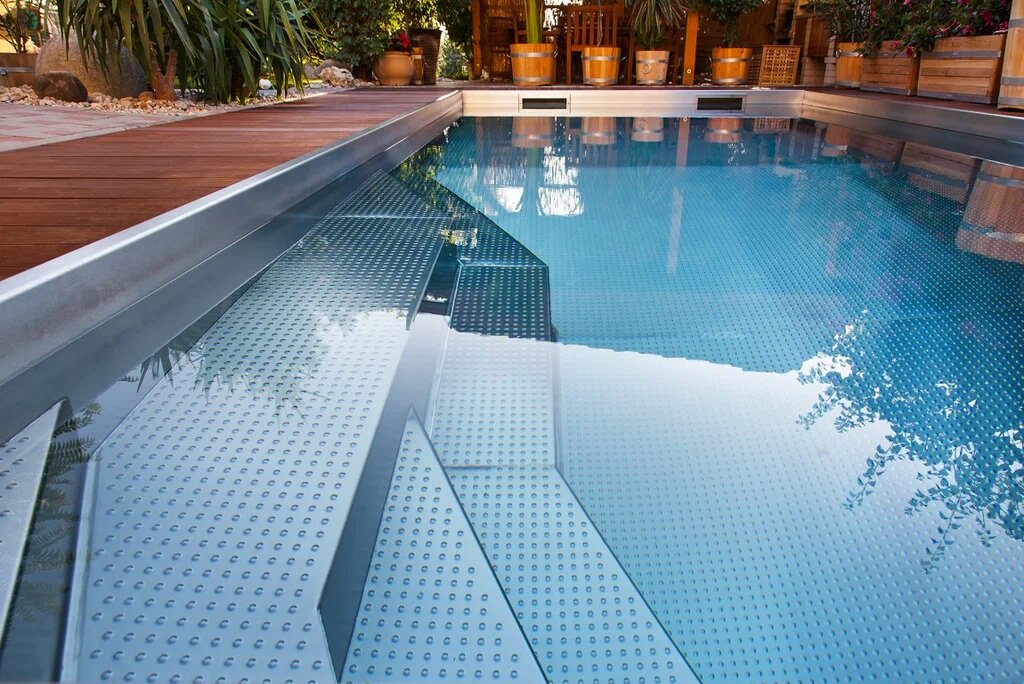Introduction
In today’s fast-paced world, logistics is more than just moving things from point A to point B. It’s about solving problems, improving efficiency, and even making the world a greener place. That’s where DHL co creation comes in. It’s a new way of doing things, one that brings together people, ideas, and resources to tackle logistics challenges in a creative and sustainable way.
In this blog, we’ll dive into what DHL co-creation is, how it works at DHL, and why it’s becoming such an essential part of modern logistics. By the end of this post, you’ll understand how collaboration can help shape the future of logistics.
Overview of DHL’s Co Creation Initiative
DHL co creation is a game-changer for the logistics industry. It’s a fresh approach that goes beyond the traditional methods of problem-solving. Instead of relying solely on their internal teams, DHL collaborates with customers, stakeholders, and even startups to create innovative solutions. This shift in approach is transforming the way they operate, making logistics not just faster but smarter, more efficient, and more sustainable.
Let’s break it down further.
What is DHL Co Creation?
Definition and Purpose
DHL co creation means working together with others to create something new. At DHL, this approach involves working closely with customers, partners, and even competitors to come up with tailored solutions for logistics challenges. The goal is to innovate by combining different perspectives, ideas, and expertise. It’s all about collaborating to find better, more effective solutions.
The purpose of DHL co creation is to leverage the collective intelligence of a wider group, rather than relying only on internal ideas. It’s about bringing everyone to the table and using their unique skills to tackle complex problems that one company alone might struggle with.
Importance of Collaboration in Logistics
Why is this so important in logistics? Logistics challenges are rarely one-size-fits-all. Every customer has unique needs, and the landscape of global trade is constantly changing. Traditional methods of logistics don’t always cut it. By collaborating, DHL can quickly adapt to new challenges, find creative solutions, and create value for everyone involved from clients to the environment.
Key Aspects of DHL Co-Creation
So, what does DHL co-creation look like in action? Let’s explore the key aspects that make DHL’s approach so effective.
Joint Problem-Solving
At the heart of DHL co-creation is joint problem-solving. This means working with clients and partners to identify specific logistics challenges. Rather than just telling customers what the solution is, DHL involves them in brainstorming and developing ideas together. This leads to solutions that are more practical and directly address the needs of the clients.
Mutual Benefit
Co-creation is not just about DHL getting better, it’s about creating mutual benefit for all parties. When DHL partners with clients, startups, or other companies, everyone brings something valuable to the table. Clients get tailored solutions, DHL learns new ways of doing things, and the partners involved gain insight into the logistics industry. Everyone wins!
Open Innovation
Open innovation is a core principle of DHL co-creation. DHL believes that great ideas can come from anywhere, not just within the company. By opening the doors to external thinkers—whether they’re startups, universities, or other industries—DHL taps into fresh perspectives that spark innovative solutions. It’s about bringing new ideas into the fold and using them to improve logistics processes.
Implementation of Co-Creation Strategy
DHL co-creation is not just a concept; it’s something DHL actively implements. Here’s how they do it.
Building the Framework
To successfully implement DHL co creation, DHL has built a solid framework. This includes:
- Innovation teams: Internal teams dedicated to driving innovation and collaboration.
- Innovation centers: Physical spaces where DHL co creation workshops are held, where stakeholders can come together to brainstorm and prototype ideas.
- Online platforms: Digital tools that help facilitate idea-sharing and create a community for collaboration across the globe.
Engaging Stakeholders
Getting the right people involved is key. DHL co creation involves engaging with:
- Clients: Through workshops and regular communication, DHL works closely with customers to understand their needs and challenges.
- Startups: These agile, innovative companies often bring new, tech-driven solutions to the table that can be applied to logistics.
- Industry leaders and institutions: By partnering with established players in logistics, DHL can tackle big, industry-wide challenges.
Facilitating Collaboration
Once the stakeholders are in place, DHL ensures that the collaboration process is smooth and productive. They use:
- Design thinking: This method focuses on understanding the user’s needs and iterating quickly on solutions.
- Digital tools: Data analytics, software, and online platforms are used to share ideas, test concepts, and improve outcomes.
Implementation and Evaluation
Once an idea is created through DHL co creation, it doesn’t go straight into full-scale production. DHL tests it first through pilot projects. This allows them to evaluate how the solution works in real-life conditions before rolling it out more broadly.
They also constantly monitor the impact of these initiatives, looking at metrics like customer satisfaction and efficiency improvements to ensure that the co-created solutions are working.
Transparency and Communication
Open communication is essential throughout the DHL co creation process. DHL regularly showcases successful projects to the public and keeps lines of communication open with all stakeholders. This transparency not only builds trust but also fosters a culture of continuous improvement.
Also Read: Zhuoxin Data Technology: Transforming Data and Supply Chains
Success Stories
The proof is in the results. Let’s look at a couple of success stories that showcase how effective DHL co creation has been.
Notable Projects (e.g., Parcelopter)
One of the standout successes of DHL co-creation is the Parcelopter a drone designed to deliver parcels in challenging terrains, like mountainous areas. This idea came to life through collaborative workshops at DHL’s Innovation Centers.
It’s a prime example of how DHL co creation can lead to breakthrough solutions that wouldn’t have been possible through traditional methods.
Impact on Customer Satisfaction
Since implementing its co-creation strategy, DHL has seen significant improvements in customer satisfaction. The ability to offer tailored solutions that directly address customer pain points has made a noticeable difference in client relationships and overall service quality.
Commitment to Sustainability
Sustainability is at the core of DHL co creation projects. Many of their collaborative innovations focus on reducing emissions, improving energy efficiency, and implementing eco-friendly practices. For example, some projects have aimed at creating electric delivery vehicles and optimizing routes to reduce the carbon footprint.
Conclusion
Summary of Co Creation Benefits
DHL co creation offers a wealth of benefits for both the company and its customers. It allows for faster problem-solving, the development of more effective solutions, and a focus on sustainability all while creating a collaborative environment that fosters continuous improvement.
DHL’s Position in the Logistics Industry
By embracing this innovative approach, DHL has positioned itself as a leader in the logistics industry. The company is not just adapting to changes in the market, it’s actively shaping the future of logistics.
DHL co creation ensures that the company will continue to meet the challenges of tomorrow, making the logistics experience better for everyone involved.
Here are five frequently asked questions (FAQs) about DHL co creation:
FAQ 1: What is the main goal of DHL’s co-creation initiative?
Answer: The primary goal of DHL’s co-creation initiative is to collaboratively develop innovative logistics solutions by engaging clients, stakeholders, and startups. This approach aims to address complex logistics challenges, enhance customer satisfaction, and drive efficiency and sustainability in operations.
FAQ 2: How does DHL engage stakeholders in the co-creation process?
Answer: DHL engages stakeholders through various methods, including organizing workshops, establishing Innovation Centers for brainstorming sessions, and partnering with startups. These collaborative efforts allow for diverse input and creative problem-solving tailored to specific logistical needs.
FAQ 3: What are some key benefits of the co-creation model for DHL?
Answer: The DHL co creation model offers several benefits, including:
- Enhanced Innovation: By leveraging external ideas and expertise, DHL can develop more effective solutions.
- Increased Customer Satisfaction: Tailored solutions that address specific client challenges lead to improved service experiences.
- Sustainability Initiatives: Collaborative projects often focus on eco-friendly practices, contributing to DHL’s commitment to reducing emissions.
FAQ 4: Can you provide an example of a successful project resulting from DHL’s co-creation efforts?
Answer: One notable example is the Parcelopter, a drone designed for deliveries in challenging terrains. This innovative solution emerged from collaborative workshops held at DHL’s Innovation Centers, showcasing how co-creation can lead to groundbreaking advancements in logistics.
FAQ 5: How does DHL ensure transparency and communication during the co-creation process?
Answer: DHL maintains transparency and communication by showcasing successful projects on various platforms and keeping stakeholders informed throughout the process. This openness fosters trust and encourages ongoing collaboration, ensuring that all parties are aligned on goals and outcomes.



